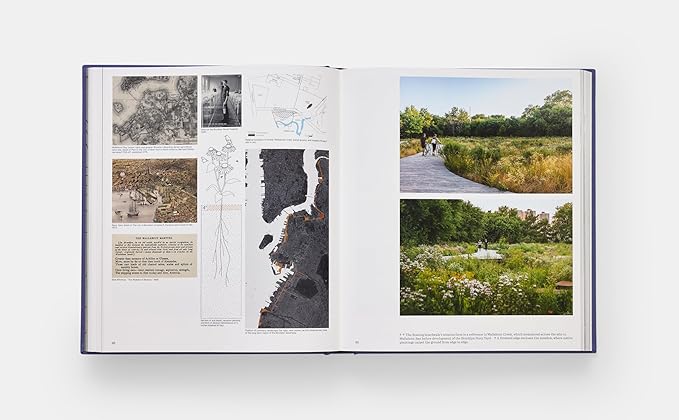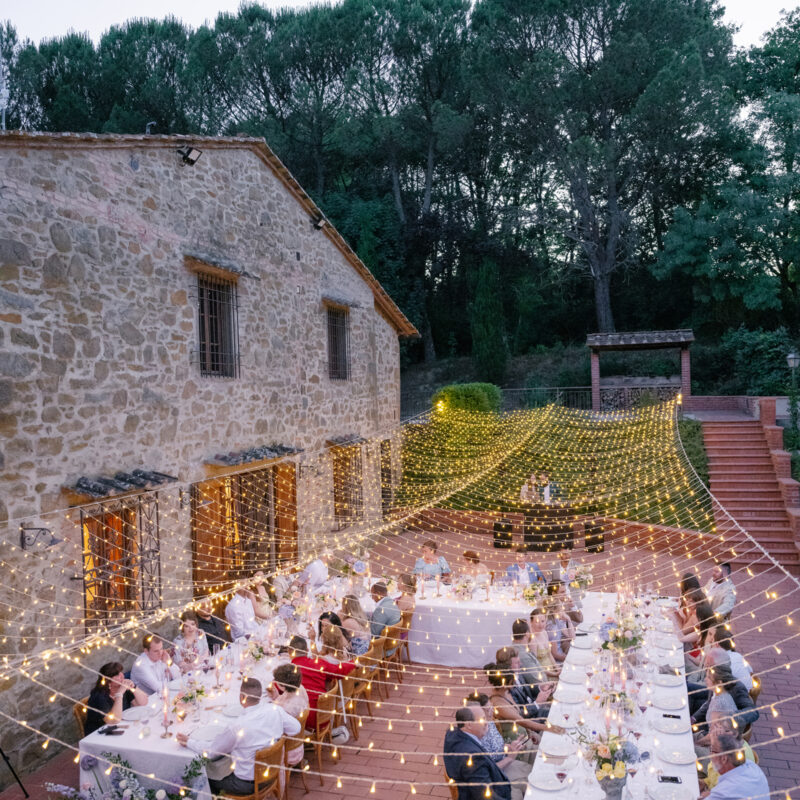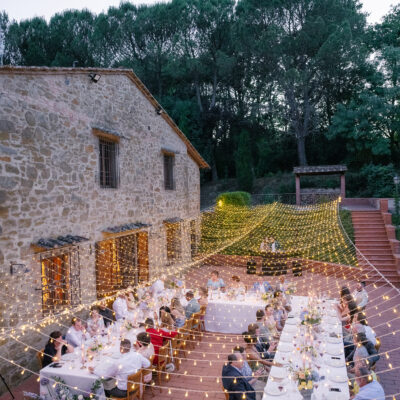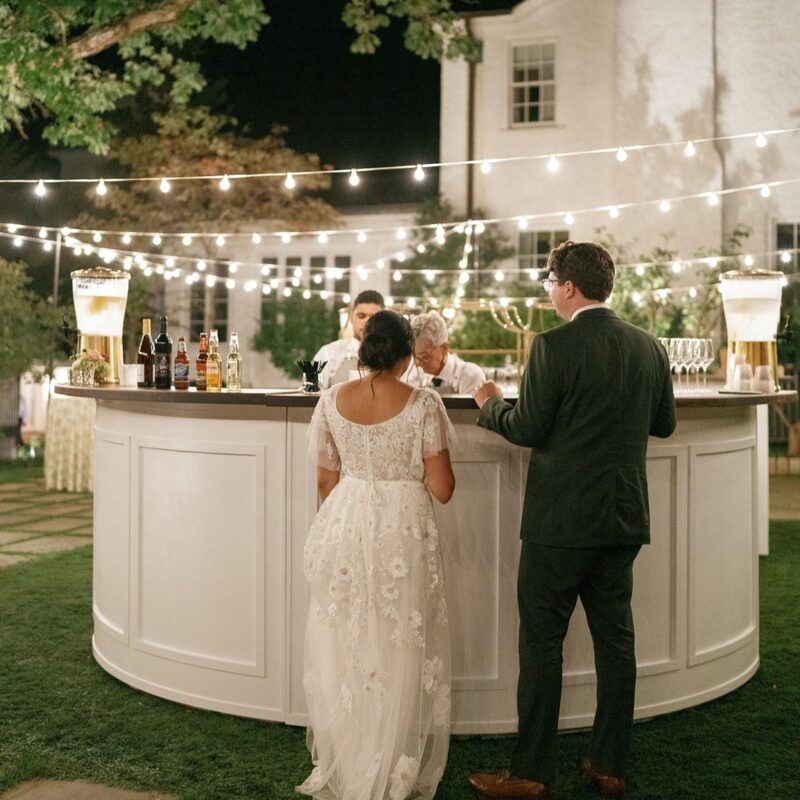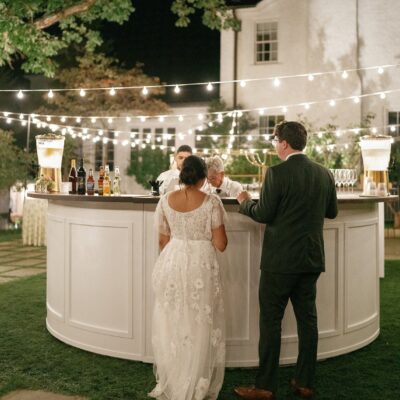It’s not easy being a landscape architect. Thomas Woltz, senior principal with Nelson Byrd Woltz, calls this time “an identity crisis” for the profession. When he tells people he’s a landscape architect, Woltz says, “they ask me what to plant in their backyard.” So now he tells them he designs public spaces, a succinct description of the work NBW has done for the last 20 years.
A desire to educate the public is sort of the impetus behind The Land is Full. In part, Wolz’s book is a celebration of NBW’s work over the last decade—“an incredibly productive period,” he says. In addition, “we wanted to de-mystify what design does.” Woltz and his colleagues chose 12 projects to “illustrate how that process is applied across varying sites.”
Bradford McKee, journalist and former editor of Landscape Architecture magazine, provided the book’s introduction. Interspersed between the projects are essays from outside experts: Andrea Wulf, historian and author of The Invention of Nature and Founding Gardeners; Brent Leggs, founder of the African American Cultural Heritage Action Fund; Nina-Marie Lister, head of the Ecological Design Lab at Toronto Metropolitan University; and Robert Pogue Harrison, author of Gardens: An Essay on the Human Condition.
Each of the featured NBW projects is a public space, but they vary widely in their topography, history, and purpose. From Houston’s 1,500-acre multi-use Memorial Park to the nature refuge at the Brooklyn Naval Cemetery (part of the Brooklyn Greenway) and the Flight 93 National Memorial in Shanksville, Pennsylvania, the projects all demonstrate NBW’s commitment to incorporating the historical, cultural, and ecological factors unique to each project. (For a local look at NBW’s work, visit Neve Hall, Potter’s Craft Cidery’s tasting room; the Dell at UVA; the Burial Ground for Enslaved People at Monticello; or the Virginia War Memorial in Richmond.)
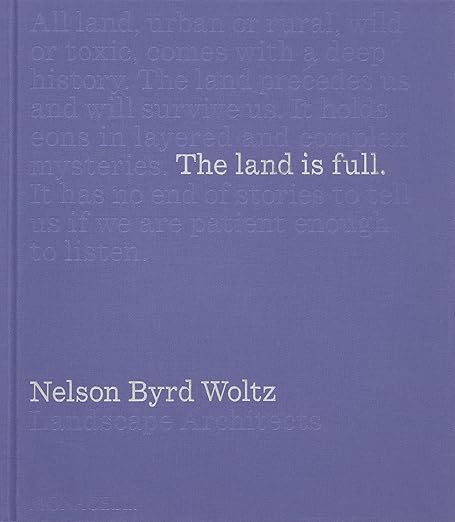
“We want to encourage people to think carefully about the stories embedded in the land,” says Woltz. “The land is full—of both ecology and culture—and our challenge is to find and reveal it in our design.” Over the last 12 years, NBW has added restoration ecologists and cultural landscape historians to its staff to more fully tell the story of each site. “Often we [as landscape architects doing the site plan] come to the project first and then add to our team as we go—the needs of the site come first. And our work is ongoing; we may remain in the project for decades.”
Woltz, who has UVA master’s degrees in both landscape architecture and architecture as well as an honorary doctorate in environmental science, joined the firm founded by Warren Byrd Jr., his professor at UVA, in 1997. He has published numerous articles about NBW’s work. The Land is Full, the first in an intended series of four books, concentrates on public parks, while the next volumes will feature sites of memory, conservation agriculture, and gardens.
